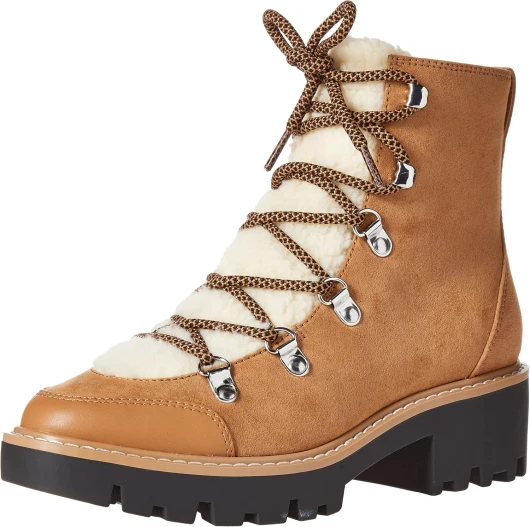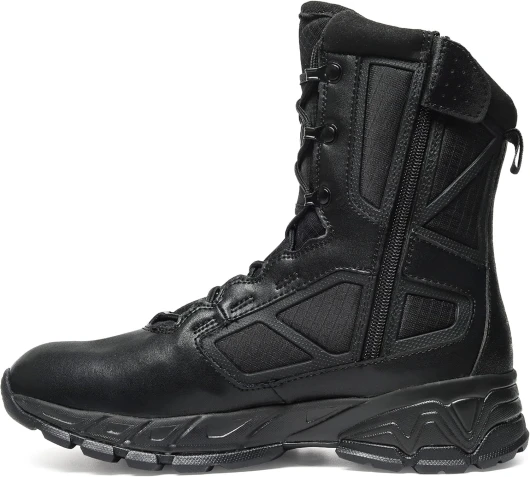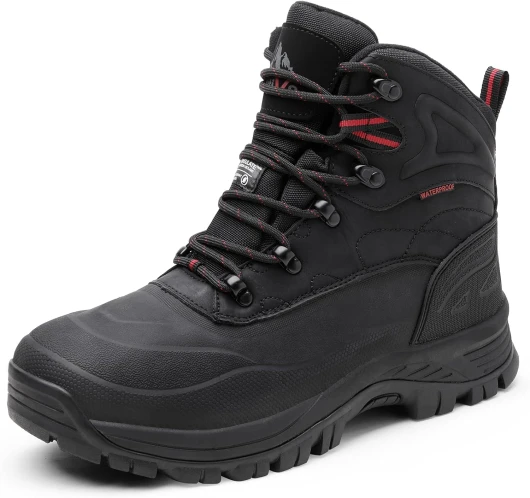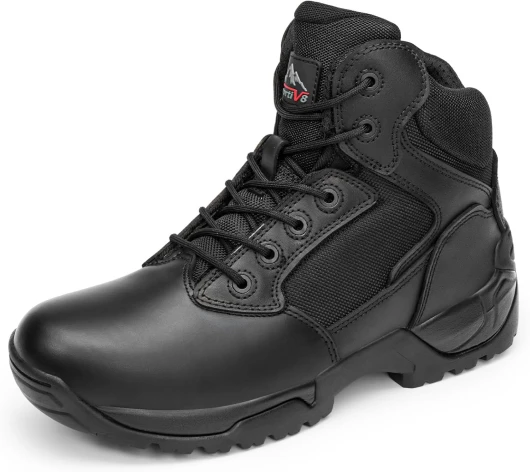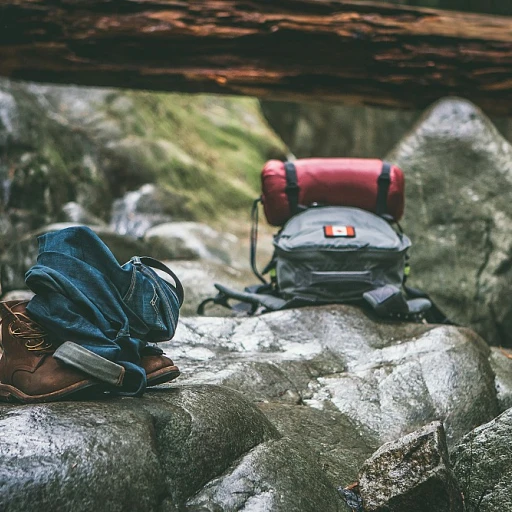
Evolution of Hiking Boot Design
Tracing the Path of Hiking Boot Innovations
Over the years, the design of hiking boots has seen a remarkable transformation, reflecting the demands of hikers looking for durability, comfort, and functionality. Traditional models often featured the standard lace-up system, which required careful adjustment to ensure the right fit. However, the introduction of side zippers has revolutionized how we approach hiking footwear.
The advent of zipper technology brought with it greater ease and speed when putting on or taking off boots. With strong zipper teeth and heavy-duty zipper pulls, modern hiking boots can withstand the rigors of the outdoors while providing a snug and secure fit. Brands often integrate advanced materials, such as high-quality zippers like YKK, which are known for their reliability and longevity.
The design evolution has also brought a blend of style and utility to hiking boot aesthetics. Whether you prefer riding boots with a side zip, or more robust work boots with an added zipper, there's a pair for every preference. Furthermore, side zippers often complement traditional laces, giving you the flexibility to fine-tune your fit as you embark on different terrains.
For those who are curious about alternatives, exploring some of the best lace-up boots can offer insights into how traditional and modern designs coexist to cater to varying needs and preferences.
exploring some of the best lace-up bootsAdvantages of Zippers on Hiking Boots
Why Zippers Are a Game Changer for Hiking Boots
When it comes to modern hiking and work boots, zippers are becoming an increasingly popular feature and for a good reason. Firstly, convenience is a major advantage. Imagine you're out on the trail, and the weather takes an unexpected turn, or you're dealing with gear you need to shed quickly. A quick zip can save precious time compared to traditional laces. It's not just about speed; it's about the ease of getting the perfect fit. Many hiking boots with zippers, especially those featuring heavy duty YKK zippers, provide a secure closure that's both reliable and durable. Unlike laces that might loosen over time, causing discomfort, a sturdy pair of boot zippers ensure that consistent fit and comfort. Furthermore, side zippers allow an easy slip-on, slip-off experience, enhancing your outdoor adventures without fumbling around to tie and untie laces. There's also the storage advantage to consider—no more long laces getting caught on rocks or branches, a common annoyance many hikers report. Instead, the sleek design of zipper boots presents a streamlined silhouette that not only functions well but also reflects modern hiking boot design. Attention should also be given to the wear and tear aspect. While traditional laces can fray or snap after extensive use, a well-maintained zipper, perhaps even waxed for extra care, tends to have a longer lifespan. And should you encounter a broken zipper, often a simple zipper pull replacement is all it takes to keep your boots in working condition.Potential Drawbacks of Zippers
The Balance of Functionality and Potential Challenges
While the inclusion of zippers in hiking boots provides undeniable convenience, they do come with their own set of potential drawbacks that might give some hikers pause. As with any design choice, it is essential to weigh these aspects carefully.
Vulnerability to Elements: One of the primary concerns for zipper-equipped boots is their potential vulnerability to harsh environmental elements such as dirt, mud, and moisture. When on a trail, debris can lodge itself between the zipper teeth, possibly affecting its smooth operation. While manufacturers like YKK consistently improve their zipper designs for durability, hikers often need to perform regular care, using wax or other lubricants, to ensure the zip doesn't stick or become a "broken zipper" situation.
Durability vs. Lagging Performance: Compared to traditional laces, which can be replaced easily if damaged, a faulty boot zipper may require more extensive solutions or professional repair, especially if the zipper pull itself has been damaged. Hikers accustomed to laces might find the potential for repair more practical in the long run.
Style and Compatibility with Activities: For certain activities and terrains, lace-ups might still offer superior adjustability and maintain a tighter fit. For instance, those venturing onto particularly rugged terrains might prioritize the flexibility of carrying extra laces over dealing with a possibly compromised side zip. Similarly, those considering the purchase of heavy duty work boots may need to assess whether zippers meet the demands of their specific conditions.
When selecting a pair of zipper boots, it is crucial to think about your typical environment and intended use. Engage with community reviews, and consider participating in forums for firsthand insights, helping to determine if zippers align with your outdoor activities and remain a valuable addition to your hiking gear.
Comparing Zippers to Traditional Laces
Zipping vs. Tying: The Debate Rages On
As hiking boot technology progresses, the old-school versus new-school debate continues, particularly when it comes to the fastening mechanisms of hiking boots: zippers versus traditional laces. For many, the simplicity of laces holds a nostalgic charm. They are easily replaceable, customizable in terms of length and color, and allow for precise adjustments. When considering traditional hiking boots, laces often provide a sense of reliability and durability as they can be tightened specifically to accommodate individual foot shapes. However, zippers present compelling advantages in terms of convenience and speed. A side zip on a pair of modern hiking boots can significantly reduce the time it takes to put on or remove your footwear, an appealing feature for avid hikers who are often on the move. Zippers can ensure a snug fit without the hassle of constant retying and can offer additional waterproofing if designed with care. That said, there are considerations to keep in mind with zippers. Boot zippers, particularly if not from a reputable brand like YKK, may be prone to malfunction. The zipper teeth can wear down with use, and a broken zipper might require more complex repairs or even a professional to fix, unlike simple lace replacement. As such, it becomes essential to take good care of the zippers with regular cleaning and waxing to maintain their function. In terms of style, zipper boots often feature a sleek and modern appearance, appealing to those who value aesthetics as much as performance. Additionally, riding boots and cowboy boots have long employed side zippers, highlighting their versatility beyond the trail. Ultimately, the choice between zippers and laces will depend on personal preferences, specific hiking conditions, and the hiker's willingness to care for and maintain their chosen fastening system. Whether you opt for the traditional lace or the modern boot zipper, both styles have their place in the adventurous world of hiking.Zippers in Extreme Conditions
The Resilience of Zipper Boots in Harsh Environments
When venturing into extreme conditions, the performance of your gear becomes crucial. This principle holds especially true for hiking boots equipped with zippers. While traditional laces have long been the standard, zippers offer specific advantages that can make them a valuable asset in harsh environments, despite potential challenges.
Zippers, particularly those designed for durability like YKK models, are built to withstand significant wear and tear. Their heavy-duty construction includes robust zipper teeth and a reliable zipper pull, which ensures functionality even under strenuous conditions. A well-designed pair of boots can often feature side zippers, which facilitate easy adjustments without the need to unlace and relace each time you need to tweak your fit—a crucial benefit when fingers are numb from the cold or when time is of the essence.
However, zipper boots require diligent care. Exposure to mud, snow, and ice can cause dirt build-up, which may impede the smooth operation of boot zippers. Regular maintenance, such as cleaning and occasionally applying a coat of wax, can help prevent issues, much like you would with laces.
In comparison to traditional laces, zippers can sometimes become a point of failure if not crafted with attention to detail. Issues like a broken zipper can lead to significant inconvenience on trail, which underscores the importance of choosing high-quality zippers and examining the zipper work carefully when selecting your hiking boots. Features such as a side zip design can add convenience, but the zipper's durability under extreme conditions should not be overlooked.
To conclude, while boots featuring zippers can provide substantial convenience and speed, especially in adverse conditions, it is essential to weigh these benefits against the possible need for additional care and potential drawbacks. This balance will ensure that your boots are reliable companions in any adventure, be it a pair of work boots, riding boots, or even cowboy boots with stylish zipper accents.
Choosing the Right Hiking Boot with Zippers
Picking the Perfect Zip Boots for Your Adventure
When embarking on the journey to select the ideal hiking boots with zippers, multiple factors need to coalesce to ensure comfort, functionality, and durability. Here are some crucial considerations:- Zipper Quality: The integrity of the zipper can make or break your hiking experience. Opt for boots with heavy-duty, reliable zippers like YKK. Their sturdy zipper teeth and smooth pull guarantee consistent wear without frequent fuss over stuck or broken zippers.
- Design and Fit: Evaluate whether side zippers complement your foot shape and hiking style. Pair traditional laces with zippers to achieve a secure fit, allowing for quick adjustments on the go. Boots with side or rear-facing zippers can offer easier accessibility for removing or wearing your boots, especially important in extreme conditions.
- Durability and Maintenance: Regimen is integral to maintaining your boots' lifespan. Wax your zipper tracks to ensure smooth operation and safeguard against environmental wear and tear. Always consider the ease of replacing broken zippers or making adjustments like adding zippers for comfort.
- Versatile Styles: From riding boots to rugged work boots, zipper boots offer versatility for different terrains and weather conditions. Whether you’re choosing cowboy boots for a casual hike or more robust work boots for strenuous trails, ensure that the boots’ design and function align with your hiking goals.
- Cost vs. Value: While sale prices might tempt thrifty buyers, investing in a quality pair of zip hiking boots will often pay dividends in comfort and longevity over time. Aim for a boot that doesn’t just fit the budget but aligns with your trekking needs.

